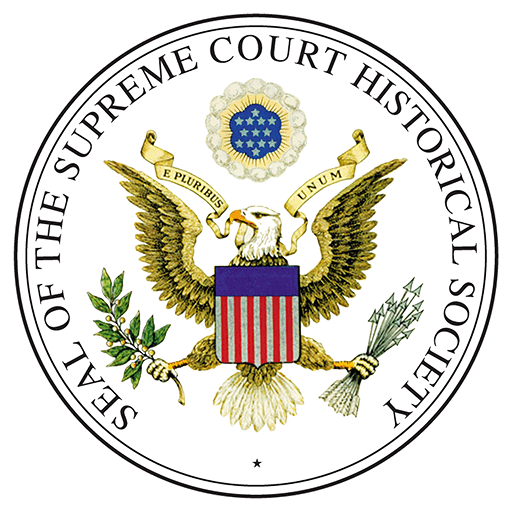Purpose
Given the importance of information in a democracy, one of the most vital civic skills is to effectively evaluate how the media cover events and issues. Good media coverage is balanced, substantive, coherent, and accurate. It avoids sensationalizing complex issues. Media evaluation assignments are particularly interesting when a local or national issue is prominent and receiving heavy media coverage. Such assignments can focus on one medium, for example, newspaper coverage, or they may ask students to team up to compare several media sources. The assignments can vary, too. In one assignment, students could measure coverage in terms of minutes or column inches. In another assignment, students might distinguish between facts and opinions. In a more challenging assignment, students might infer ideological slants and other nuances.
Procedures
- Ask students where they typically go when they want to know more about the news and why they choose that news source. Assign small groups of students to cover a news story about an important issue, case, or law. Each group should learn about the story from a different news medium (print newspaper, print magazine, network television news, public television news, cable television news, commercial radio news, public radio news, online news sources, blogs, etc.). They should not be assigned to analyze editorial or opinion pieces unless you intend to teach students about the distinction between those and “regular” news.
- Ask students to work with their group to answer some (or all) of the following questions about the coverage:
- How much space did your news source devote to the story? (Number of minutes for television or radio news, total number of words or columns for print media, number of pages for online sources)
- How much prominence did your news source give to the story? (On which page did it appear in print? Was it above the fold in the newspaper? Was it a leading story for television or radio news? Was it designated as a “top story” on the website’s home page?)
- Did photos, graphics, sidebars, or other images accompany the news story? If so, what did they depict?
- Try to find out who owns the news source you researched. Is the source owned by a private company or group, a powerful individual, or by the public? Do you think that might influence the way this story was reported?
- Generally, do you think the story was reported in a way that would either flatter or embarrass the individuals or groups involved? What was the tone of the reporter when he or she interviewed people for the story?
- Do advertisements appear on the same page as the story? Are there links to other websites? If so, are the ads or links to any groups that might have a special interest in the legal news story?
- Do you think the news was reported without bias? If so, how do you know?
- Consider the sources quoted or referred to in the article. Did the reporter identify them? Do the sources have expertise in the field?
- Was the news story coherent and understandable?
- Do you think the information was reported in a way that gives you a deep and broad understanding of the topic? Or was the story too brief or superficial to explain much?
- After students have analyzed news stories within their groups, ask students in different groups to compare what they found. (This could be done through an informal jigsaw activity or by having groups report to the class.) Then ask students to discuss some or all of the following questions:
- Which news source provided the most coherent story?
- Which provided the most balanced (least biased) story?
- Which had the most accurate story?
- Which had the deepest and broadest coverage?
- Which news source will you go to for information about the law or legal issues in the future? Why?
- Why do you think the First Amendment right to a free press is so important in a democracy?
Alternate Media Evaluation Activity
Ask small groups to conduct the same analysis described above, but instead of comparing different types of news sources, they should compare different versions of the same story. In other words, ask each of the groups to analyze how different newspapers report the same story, how different television networks covered the same story, or how different cable news networks or radio stations reported the same news event.
